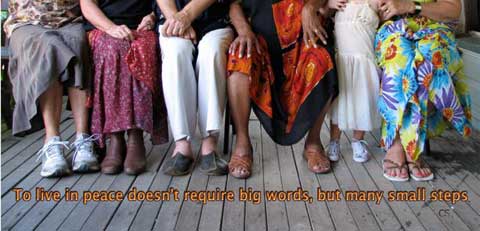
At Devonport, waiting to board the night boat, Tasmania farewelled me with rain, as it had greeted me a fortnight before, then withdrew its forces to the now familiar lowering dark clouds over its mountains — and turned on a perfect double rainbow. Day or night, Tasmania, your wild skies have won me.

In the Macedon area of rural Victoria, where I had won a three-week writers’ residency, it was colder than Tasmania, and the long low clouds often found it hard to lift off the land.
I had missed all the showy Autumn reds and burgundies, but it was still more autumnal — and European — than I’d experienced.
Roads were lined with elms that had dropped the top half of their yellow leaves to carpet the road edges, but held them on the lower branches — as befitted the cusp of winter.
I loved that so many fallen leaves were yellow, not brown. I had thought they died — ‘sere and brown’ — before they fell off the twig, if you’ll pardon the pun.
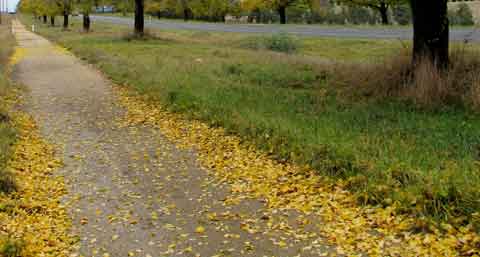
The bicycle track that ran beside this road was thickly edged with the clear bright yellow leaves, saved by the grass from being scattered to and fro by the winds.
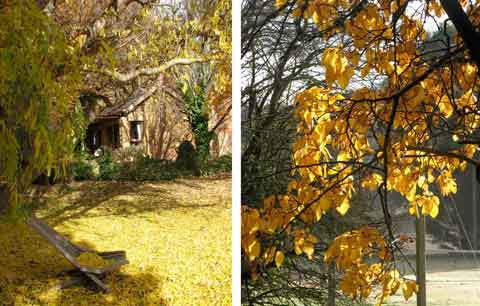
At Rosebank Cottage, the tortured willow filled the lap of the forgotten summer chair with pale lemony gold, and generously strewed it over the lawn. The quince leaves hung on to glow a deeper yellow.
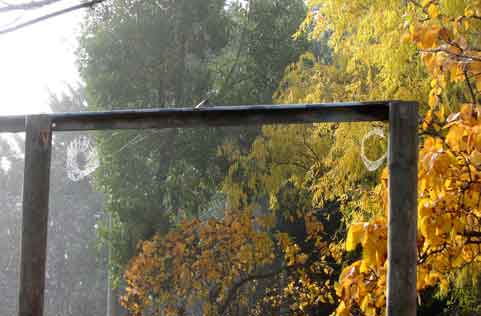
In the morning fogs they joined forces to catch the first of the struggling sunlight, steal it from the rest of the cold and dripping garden, and warm the spiders in their webs.
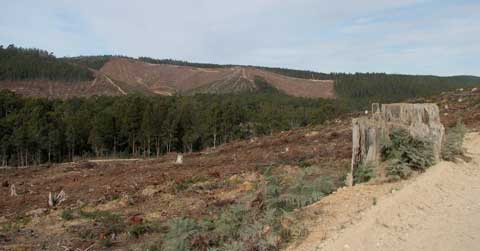

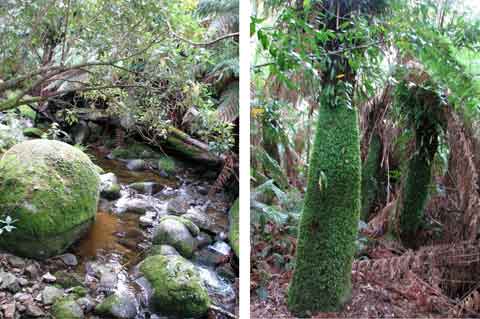
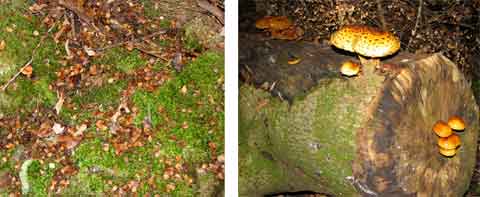
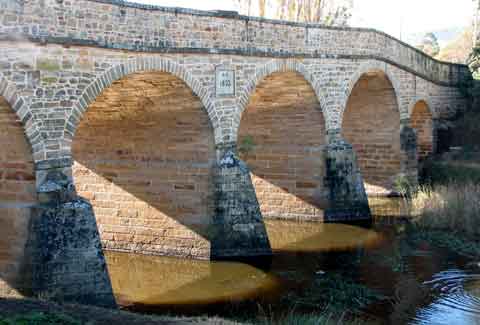
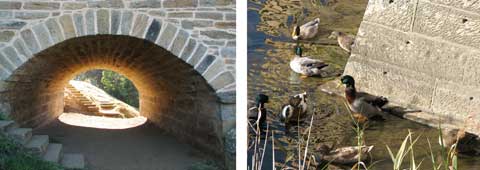
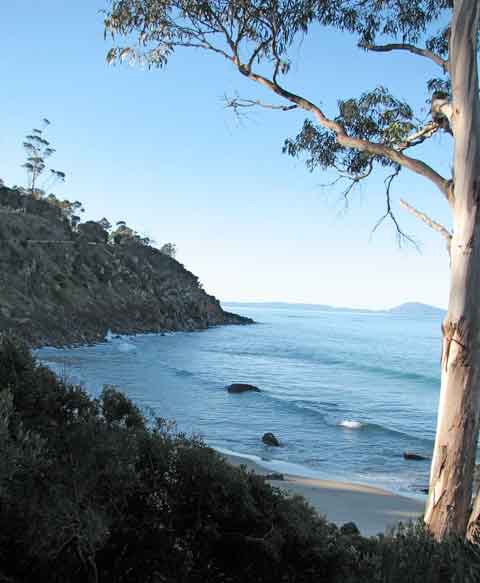
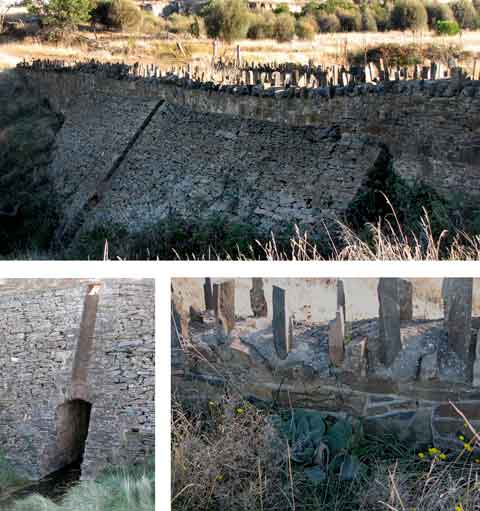
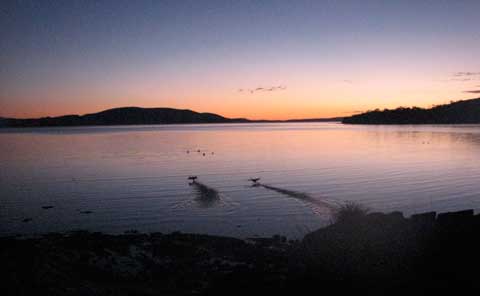
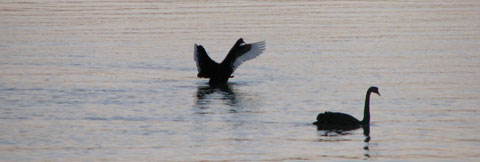
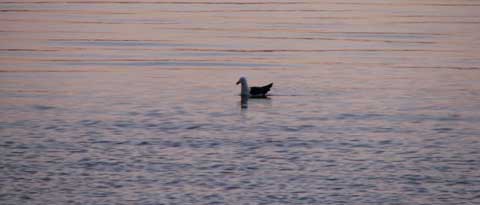

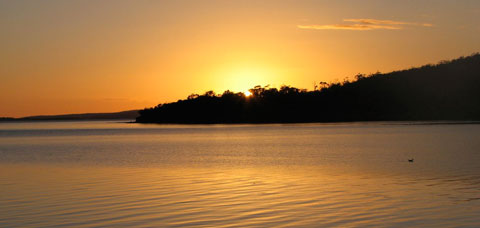
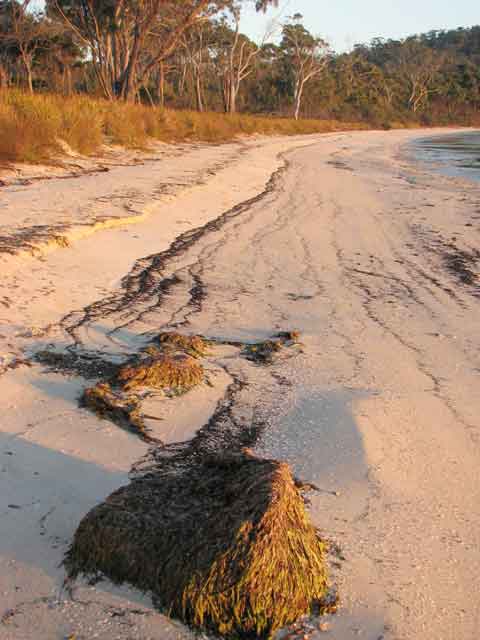
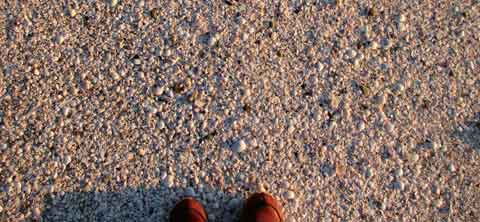
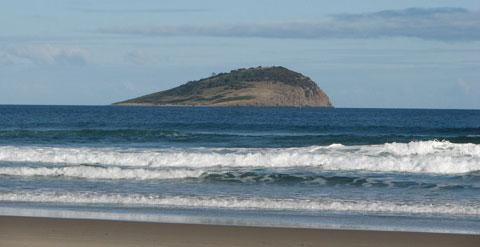
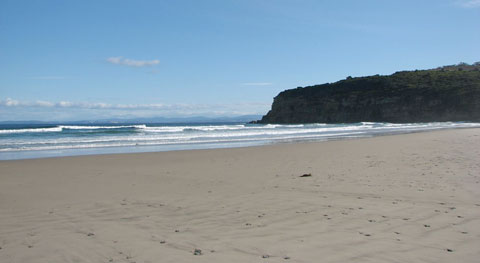

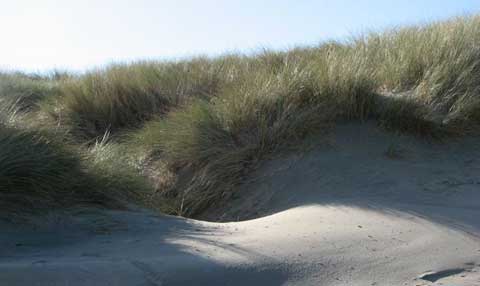
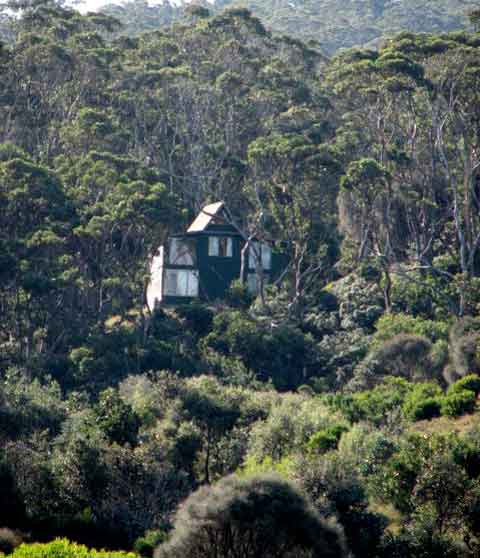
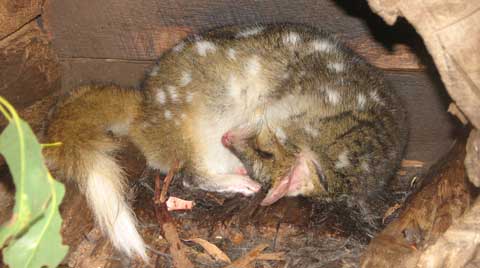
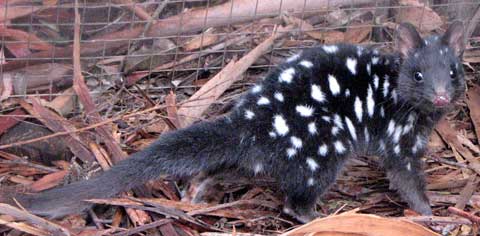
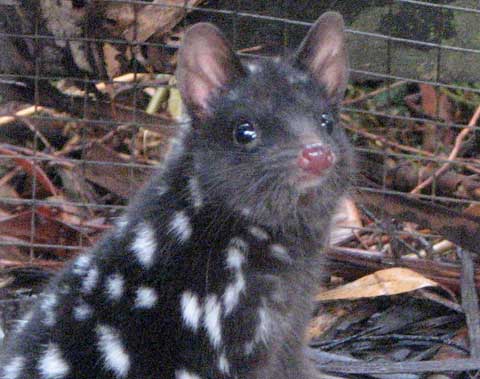
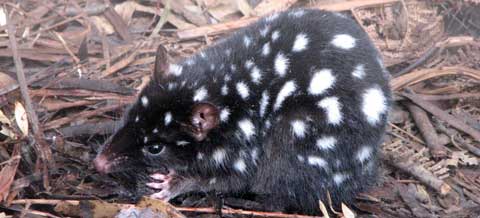
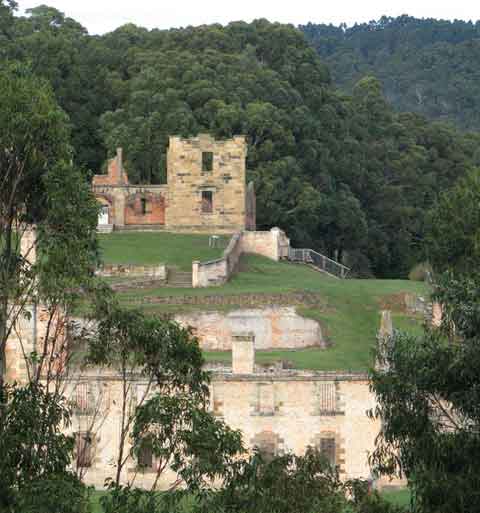
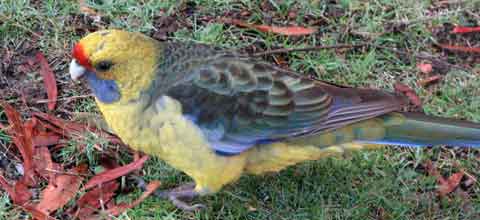

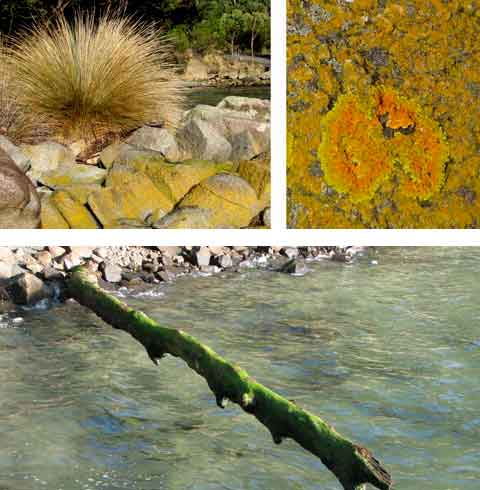
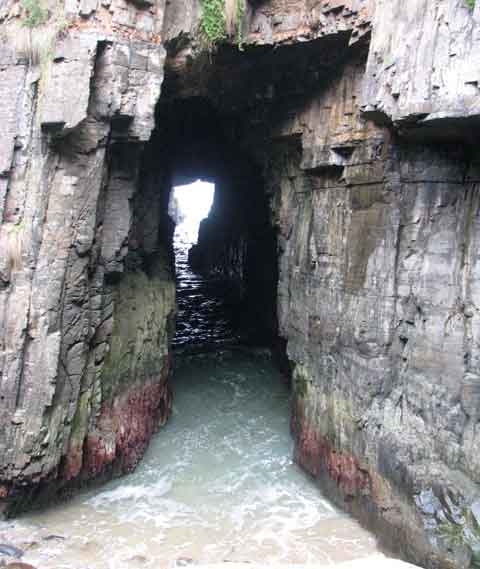
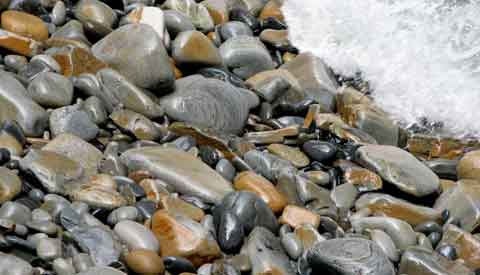
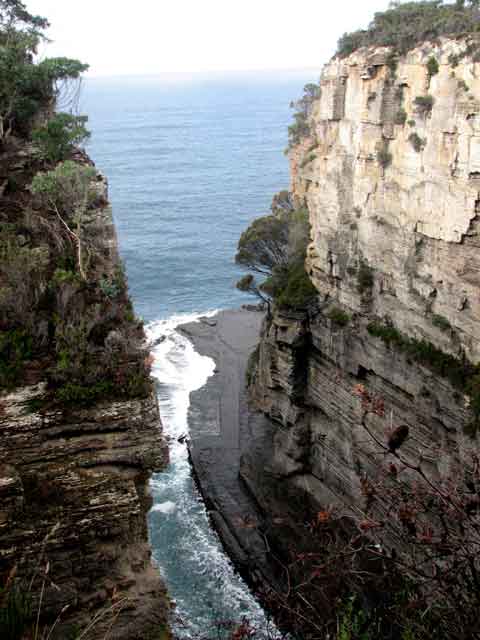 Near the bottom of the east coast of Tasmania is the Tasman Peninsula, a ragged blob of land reached via another, smaller blob, the Forestier Peninsula. They are a whisker of land away from being islands like Bruny, close to the coast — and to Hobart.
Near the bottom of the east coast of Tasmania is the Tasman Peninsula, a ragged blob of land reached via another, smaller blob, the Forestier Peninsula. They are a whisker of land away from being islands like Bruny, close to the coast — and to Hobart.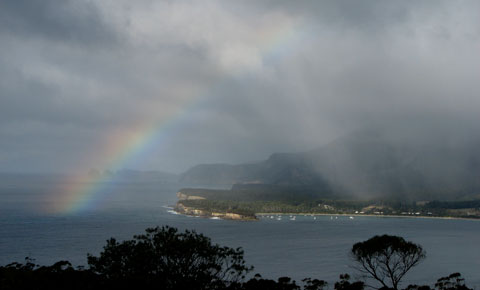 The coast around Eaglehawk Neck and beyond is rugged and stunning, but not totally wild, as outside the National Park, the accessible little bays in between the cliffs are dotted with small boats, and the shoreline with cottages, none of which can be called ‘shacks’ any more.
The coast around Eaglehawk Neck and beyond is rugged and stunning, but not totally wild, as outside the National Park, the accessible little bays in between the cliffs are dotted with small boats, and the shoreline with cottages, none of which can be called ‘shacks’ any more.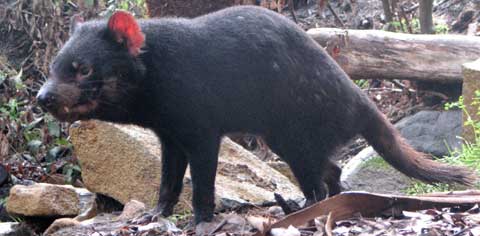 But it is this narrow ‘neck’ , only 30 metres wide at its narrowest, that has helped make it a good place to try to hold the line against the spread of the facial tumours that are rapidly slashing the population of the Tasmanian Devil, the wild Tasmanian I am most keen to meet. Since 1996, the disease has killed 80% of them.
But it is this narrow ‘neck’ , only 30 metres wide at its narrowest, that has helped make it a good place to try to hold the line against the spread of the facial tumours that are rapidly slashing the population of the Tasmanian Devil, the wild Tasmanian I am most keen to meet. Since 1996, the disease has killed 80% of them.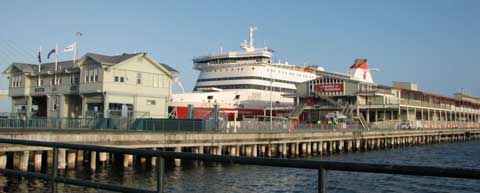 Station Pier is quaintly old-fashioned, dwarfed by the ship. The actual shoreline is ringed with modern cafés and bars, with the light rail station’s open platform also the entry to a café. It’s so convenient that I think of the mad plot to get rid of the historic Newcastle Railway Station which similarly brings people right to the shore.
Station Pier is quaintly old-fashioned, dwarfed by the ship. The actual shoreline is ringed with modern cafés and bars, with the light rail station’s open platform also the entry to a café. It’s so convenient that I think of the mad plot to get rid of the historic Newcastle Railway Station which similarly brings people right to the shore.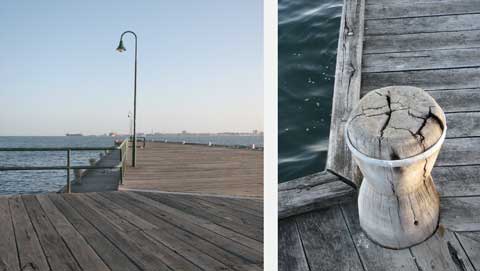 The other piers seem familiar, doubtless from Melbourne-based settings for crime shows and grainy grey art films; they are picturesque too — patterns and sculptures in weathered wood.
The other piers seem familiar, doubtless from Melbourne-based settings for crime shows and grainy grey art films; they are picturesque too — patterns and sculptures in weathered wood. I don’t realise that the seagulls will accompany us long into the dark, squawking and wheeling white in the lights above the boat.
I don’t realise that the seagulls will accompany us long into the dark, squawking and wheeling white in the lights above the boat. For the next hour, from the spray-dashed deck where only a dozen smokers and I congregate, all I see of Victoria is a seemingly endless thin flat strip of lights.
For the next hour, from the spray-dashed deck where only a dozen smokers and I congregate, all I see of Victoria is a seemingly endless thin flat strip of lights.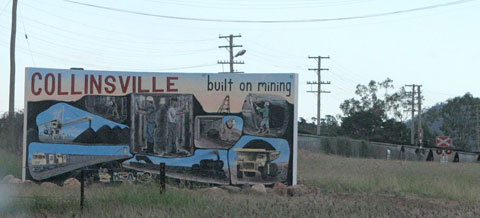 About 80 km south-west of Bowen in Queensland is the historic mining town of Collinsville. They’re proud of their strong coalmining and union past here — as the saga of underground strikes and fatal accidents and protest convoys to Brisbane attests. I know this from the coal museum
About 80 km south-west of Bowen in Queensland is the historic mining town of Collinsville. They’re proud of their strong coalmining and union past here — as the saga of underground strikes and fatal accidents and protest convoys to Brisbane attests. I know this from the coal museum 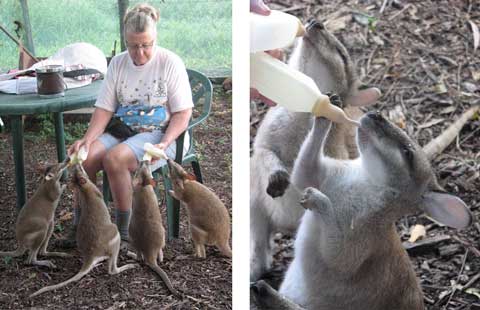 Just west of Collinsville is the tiny village of Scottsville. Here I am to stay with Carol and Vince Cosentino at Wurra Yumba — Kangaroo House — who have a very pleasant accommodation building in their garden, which really belongs to a menagerie of rescued wildlife on the mend.
Just west of Collinsville is the tiny village of Scottsville. Here I am to stay with Carol and Vince Cosentino at Wurra Yumba — Kangaroo House — who have a very pleasant accommodation building in their garden, which really belongs to a menagerie of rescued wildlife on the mend.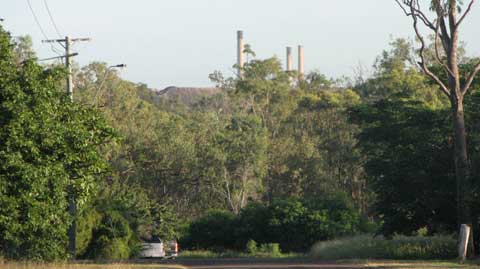 But it is actually Carol’s village of Scottsville that is closest to the Collinsville opencut mine.
But it is actually Carol’s village of Scottsville that is closest to the Collinsville opencut mine. At night, a drive along a hilltop road revealed how huge this mine is, or so I thought; but satellite maps show me it is far bigger.
At night, a drive along a hilltop road revealed how huge this mine is, or so I thought; but satellite maps show me it is far bigger.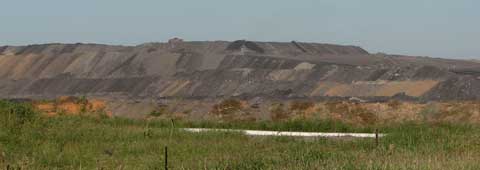 And the newer Sonoma mine is far too close as well. There has been a coal-fired power station here since 1976, and with what I know from the Hunter, the combination does not augur well for the health of Scottsville and Collinsville residents.
And the newer Sonoma mine is far too close as well. There has been a coal-fired power station here since 1976, and with what I know from the Hunter, the combination does not augur well for the health of Scottsville and Collinsville residents.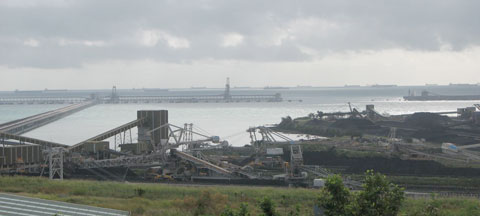 Lately I went to look at the coal mining explosion in Queensland, to see for myself if it was as frighteningly out of control as that in NSW. It is.
Lately I went to look at the coal mining explosion in Queensland, to see for myself if it was as frighteningly out of control as that in NSW. It is.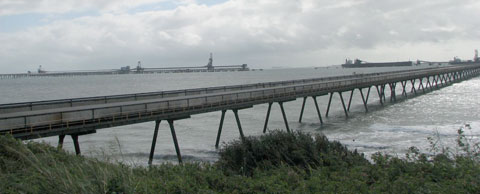 The coal comes by rail in trains up to 2 km long, uncovered, passing through Central Queenland for up to 300 km to the two major coal loading export terminals, Dalrymple Bay and Hay Point. These extend far out into the bay, 3.85 km and 1.8 km respectively.
The coal comes by rail in trains up to 2 km long, uncovered, passing through Central Queenland for up to 300 km to the two major coal loading export terminals, Dalrymple Bay and Hay Point. These extend far out into the bay, 3.85 km and 1.8 km respectively.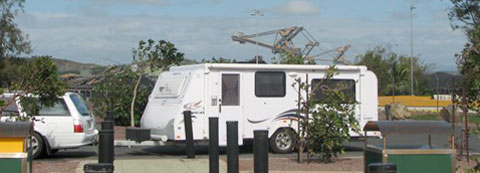
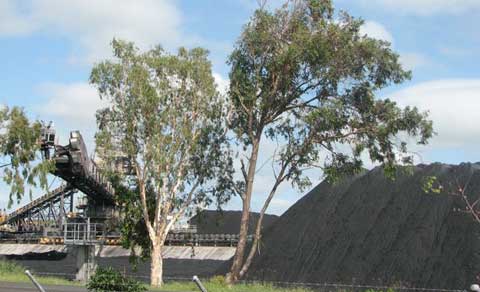 At the viewing parks, large signs boast of the output and the environmental care being taken, and invite me to follow the Mining Trail inland to the mining towns that feed this port. I did, but I doubt my reaction was the intended one.
At the viewing parks, large signs boast of the output and the environmental care being taken, and invite me to follow the Mining Trail inland to the mining towns that feed this port. I did, but I doubt my reaction was the intended one.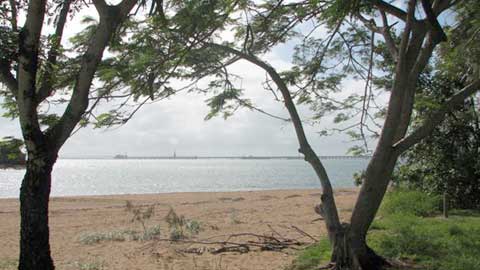
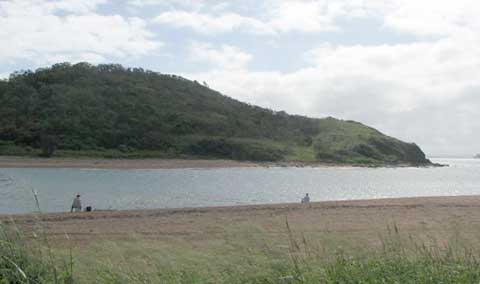 People had chosen to live here for the beauty, the fresh air, the peace and quiet – and not least the fishing – and sacrificed the convenience of shops. There were still a few fishermen by the creek the day I visited, but the peace and quiet no longer exists; I’d be concerned about the air — and I doubt I’d be beach fishing.
People had chosen to live here for the beauty, the fresh air, the peace and quiet – and not least the fishing – and sacrificed the convenience of shops. There were still a few fishermen by the creek the day I visited, but the peace and quiet no longer exists; I’d be concerned about the air — and I doubt I’d be beach fishing.